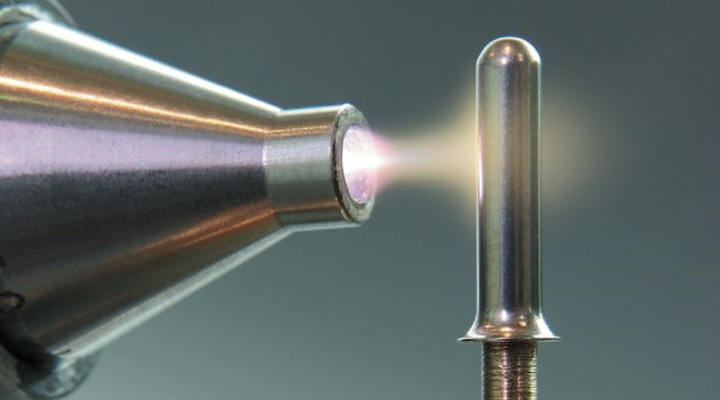The subsequent machining process is made more difficult by the fact that these components are frequently lightweight and have complex geometries. Nevertheless, this process must be carried out. The question of whether or not the rigidity of 3D printing can satisfy the requirements of machining is one of the most important considerations to give attention to. In this issue, the editor will be discussing with you the challenges and solutions in the machining of 3D printed parts through a case of machining of 3D printed metal parts that has been shared by additive manufacturing experts. This discussion will be based on a case of machining of CNC machining 3D printed metal parts that has been shared by additive manufacturing experts. The machining of metal parts that were 3D printed will serve as the basis for this discussion, which will be based on a case that was shared by additive manufacturing experts.

The utilization of the adaptable technology that is 3D printing allows for fewer restrictions to be placed on the design of the products that are being manufactured. However, when one takes into account the difficulties that may arise during subsequent machining, the benefits that can be gained from additive manufacturing technology are sometimes diminished. This is because of the fact that additive manufacturing technology relies on subtractive manufacturing technology. This is due to the fact that the technology of subtractive manufacturing is necessary for the technology of additive manufacturing to function. The failure of an additively manufactured part can lead to financial losses, which can be avoided by adequately considering the difficulties of subsequent machining during the initial stages of the part's design and production. However, if these difficulties are not adequately considered, the failure of an additively manufactured part can lead to these losses.
Machining is typically required to be done on components that have been printed using a 3D printer before they can be assembled with other components. This is the case even if the components were printed in the same location as the other components.In most cases, this occurs as a direct result of the structures' lacking an adequate amount of stiffness.In addition, the intricate structure makes it harder to clamp the workpiece in place in a CNC machining parts secure manner because it presents more challenges.Is there a possibility that the component will become dislodged from the tool and begin to vibrate, which will then cause the tool to vibrate, which will result in below-par machining?This objective can be accomplished through the utilization of a scanning electron microscope as the tool of choice.It is essential to achieve a 5-axis alignment of the component that is as precise as can be accomplished by a human being.
The first thing that needs to be done before beginning the process of machining a part that was 3D printed is to determine whether or not the part has adequate rigidity for the process.This is achieved by carrying out a number of different tests.The dynamic data illustrates a series of passes through the load, and it is clear from looking at them that the peak force is approximately twice as high as the median value. In other words, the peak force is approximately twice as high as the median value..
Step 2 China die casting manufacturer Simulate cutting forces
The process of simulation led to the discovery that the flange edge machining that was performed at the perimeter of the free end of the part caused a significant amount of deflection. This discovery was made possible by the fact that the simulation was performed.In addition, the finite element analysis revealed that there was a significant amount of distortion, which, if it is not corrected, could result in uneven cutting.
First, a preliminary test of the cutting needs to be done.
Machining will result in problems such as part deviation from the tool and rebound, surface vibration, and tool vibration if it is done under the conditions that have been described above.The surface finish that is produced as a direct consequence of these issues is of a quality that is inferior to that of the industry standard.The first thing that needs to be done is to adjust the blueprint for the component that was 3D printed, and the second thing that needs to be done is to change the clamping strategy that is implemented while the component is being machined. Both of these things are necessary in order to complete the project successfully.
When modifying the design of a component so that it can be printed using 3D printing, the component's rigidity should be improved as one of the goals of the modification process.It is essential that this point be brought up as it is very important.At this juncture, it is of the utmost importance to conduct an in-depth analysis of the method that is utilized in the process of clamping the machine's component parts.
In this particular scenario, the specific solution for the re-clamping method is to design a customized fixture for the 3D printing part, and then use the 3D printing equipment to directly manufacture the customized fixture. This is the solution for the specific problem that we are precision die casting supplier experiencing.This not only decreases the likelihood of the part becoming misshapen or the surface becoming damaged, but it also causes the 3D printed parts to move closer to the features that were machined, which in turn reduces the amount of deflection and vibration that the part experiences.
The designers discovered, while carrying out a finite element analysis of the 3D printed part while it was mounted in a fixture, that the stiffness of the part could be improved even further by better clamping the straight structures that were already contained within the part. This was discovered while the part was in the process of being mounted in the fixture.This image shows a topology-optimized three-dimensionally printed part being measured on a flex gauge in order to generate a five-axis alignment for subsequent processing. The image was displayed here.Errors occur during this process when the linear and rotational motion of the mechanical axis goes beyond the tolerances that are necessary to manufacture precise parts. These tolerances are necessary to prevent errors in the manufacturing process.To ensure that there are no mistakes made during the manufacturing process, these tolerances are essential.However, because the precision datum needed to be added to the final machining operation after all of the other surfaces had been generated, this process was not carried out in the typical manner for the part that was 3D printed in this instance. Instead, the precision datum was added after all of the other surfaces had been generated.Instead, the precision datum was introduced after the generation of all of the other surfaces in the model.At this point in the production process, the probing and metrology software can still be used to determine the settings that will produce the best results when it comes to the finishing process.

